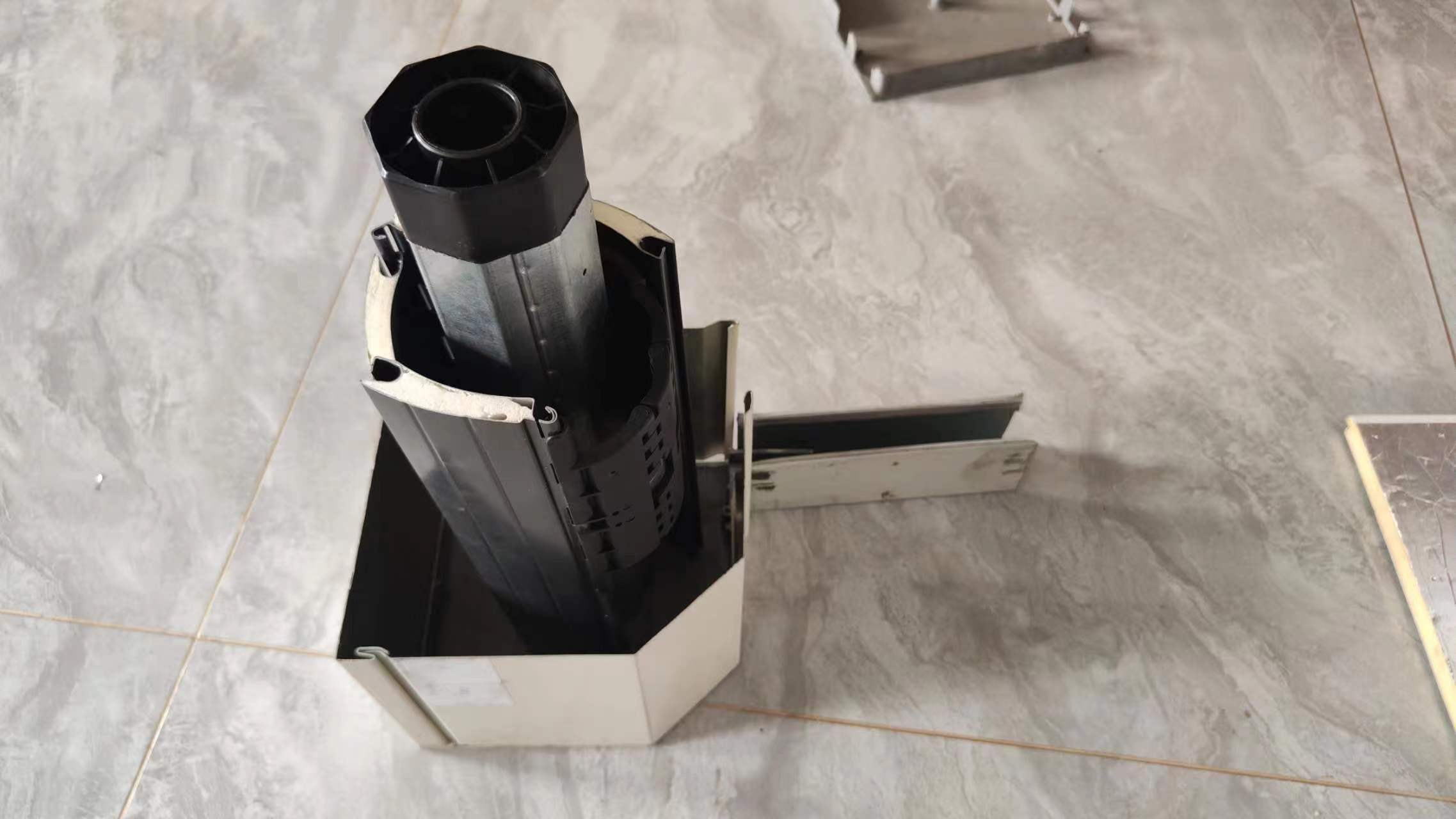
Understanding Metal Forming Machines The Backbone of Manufacturing
Metal forming machines play a crucial role in the manufacturing sector, facilitating the transformation of raw metal into shaped components essential for various industries. From automotive to aerospace, construction to electronics, these machines serve as the backbone of efficient production processes. Understanding the different types of metal forming machines, their operating principles, and their applications can provide valuable insights into their importance in modern manufacturing.
Types of Metal Forming Machines
Metal forming machines encompass a range of equipment designed to reshape and manipulate metal without removing material. The most common types include
1. Press Brakes These machines are used to bend sheet metal into specific shapes. By applying force through a punch and die, press brakes can create precise angles and curves in the material. They are widely used in various applications, including the automotive industry for manufacturing body parts and in HVAC systems for ductwork.
2. Stamping Presses Stamping presses are essential for producing high volumes of parts with high precision. They work by applying a significant amount of pressure to a metal sheet using a die. This process is ideal for creating complex shapes quickly and efficiently, making it a popular choice in mass production settings.
3. Roll Formers Roll forming machines shape metal sheets into specific profiles by passing them through a series of rollers. This continuous process is highly efficient for producing long lengths of uniform shapes, such as channels and Z-bars, commonly used in construction, automotive, and other sectors.
4. Hydraulic Presses Hydraulic presses utilize hydraulic power to generate force, making them versatile machines for various forming operations, including bending, stamping, and forging. Their ability to exert powerful forces makes them suitable for heavy-duty applications, particularly in metalworking shops.
5. Forging Machines Forging involves the shaping of metal through compressive forces. Forging machines can be hydraulic or mechanical and are used to produce strong and durable components, often for critical applications in the aerospace and automotive industries.

Operating Principles
The fundamental principle behind metal forming machines is the application of force to deform metal in a controlled manner. This force can be generated through mechanical, hydraulic, or pneumatic means. For instance, hydraulic machines use pressurized fluid to exert force, providing a high power-to-weight ratio that allows for the manipulation of heavy materials with relative ease.
The accuracy and effectiveness of these machines depend on various factors, including the type of metal being formed, the thickness of the material, and the intricacies of the desired shape. Advanced technologies, such as Computer Numerical Control (CNC), have further enhanced the capabilities of metal forming machines by allowing for precise automation and greater flexibility in manufacturing processes.
Applications in Industry
Metal forming machines are indispensable across numerous industries. In the automotive sector, they are used to produce everything from frames and body panels to intricate engine components. In the electronics industry, metal forming processes help manufacture casings and connectors. Construction relies on these machines to create structural elements like beams, brackets, and fittings.
The versatility of metal forming machines also extends to custom manufacturing. Companies can design specific dies and molds to produce unique parts tailored to client requirements. As the demand for lightweight and high-strength materials continues to rise, industries are increasingly adopting advanced metal forming techniques, including 3D metal forming and electroforming, further expanding the possibilities of what can be achieved through metal manipulation.
Conclusion
As manufacturing processes evolve, metal forming machines remain integral to the production landscape. Their ability to efficiently and accurately shape metal is vital for maintaining competitiveness in a rapidly changing market. Understanding the different types of metal forming machines and their applications not only sheds light on their significance but also highlights the continuous innovations driving the manufacturing industry forward. As we look to the future, advancements in technology will undoubtedly enhance the capabilities of these machines, paving the way for even more sophisticated production techniques and designs.